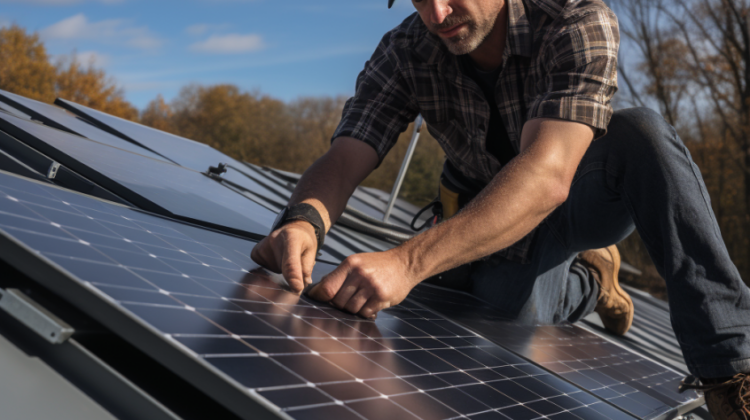
Solar power has emerged as a significant player as renewable energy becomes increasingly important in our quest for sustainable solutions. Solar panels, designed to harness the sun’s energy, are popular among homeowners and businesses. However, to maximize their efficiency, it is crucial to determine the optimal angle for their installment. In this article, we will explore how finding the perfect angle can significantly impact the performance of solar panels.
Understanding the Sun’s Path
We must first understand the sun’s path in the sky to grasp the optimal angle for solar panel installment. The sun’s angle changes throughout the day, altering the amount of sunlight reaching the Earth’s surface. During sunrise and sunset, the sun’s rays are oblique, while at noon, they are perpendicular.
The optimal angle for solar panel installment is known as the tilt angle, which refers to the angle at which the panels are inclined relative to the ground. The primary goal is to position the panels to capture the maximum sunlight throughout the year. This optimal angle varies depending on the location and the time of year.
Determining the Optimal Angle
There are two main factors to consider when determining the optimal angle: the latitude of the installation site and the tilt angle for maximum energy production. The latitude helps determine the general tilt angle for optimal performance. In contrast, the tilt angle should be adjusted seasonally to adapt to the sun’s changing position.
Latitude and the Optimal Angle
A tilt angle close to the site’s latitude is recommended for locations near the equator, where the sun’s angle is high throughout the year. For example, in Miami (latitude 25.8 degrees), solar panels should be installed at an angle close to 25.8 degrees. This ensures the panels are nearly perpendicular to the sun’s rays during noon, maximizing energy production.
Seasonal Adjustments
In regions with significant seasonal variations, adjusting the tilt angle of the solar panels can further optimize their performance. During winter, increasing the tilt angle can help capture more sunlight when the sun is lower in the sky. Conversely, reducing the tilt angle in summer compensates for the higher sun position.
Maximizing Efficiency
Finding the optimal angle for solar panel installment is crucial to maximizing efficiency and energy production. By aligning the panels with the sun’s path, Maximizing Solar Power: Finding the Optimal Angle for Solar Panel Installation they can capture the maximum amount of sunlight, converting it into usable electricity. A well-optimized solar panel system can significantly reduce reliance on traditional energy sources, lower utility bills, and even return excess energy to the grid.
Considering Other Factors
While finding the optimal angle is essential, other factors should be considered when installing solar panels. Shading from nearby structures or trees can significantly impact the panels’ performance, so ensuring unobstructed access to sunlight is crucial. Additionally, local regulations, aesthetic preferences, and available roof space may influence the tilt angle choice.
Choosing the optimal angle for solar panel installation is critical in maximizing energy production and overall system efficiency. Solar panels can harness the maximum amount of sunlight by understanding the sun’s path and adjusting the tilt angle according to location and season. Optimizing solar panel performance ensures a greener future as we continue to embrace renewable energy. It paves the way for a sustainable and eco-friendly world.